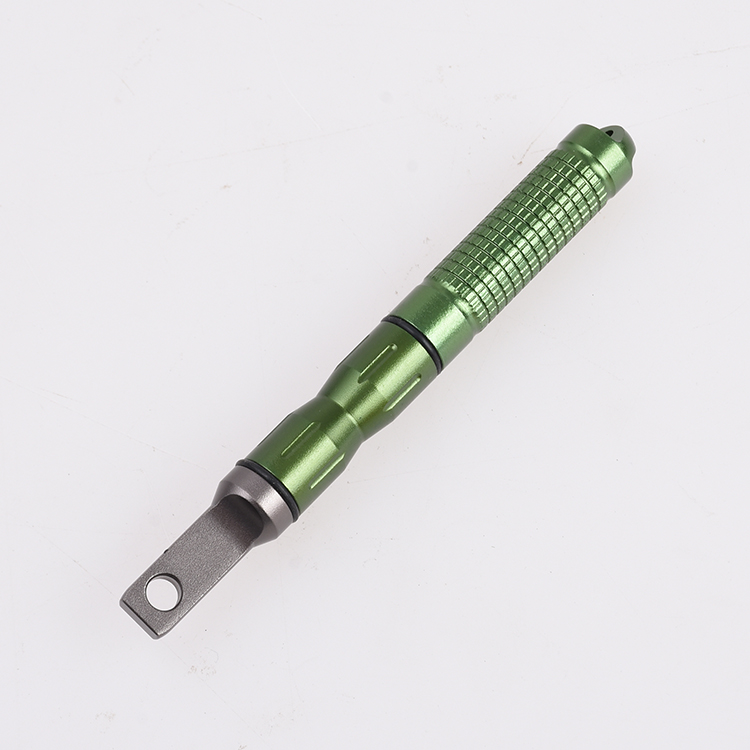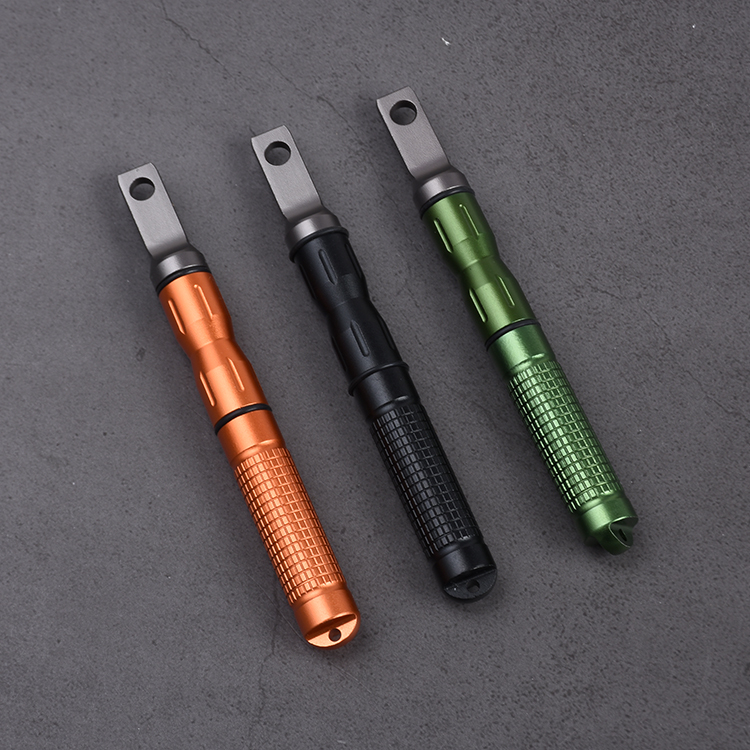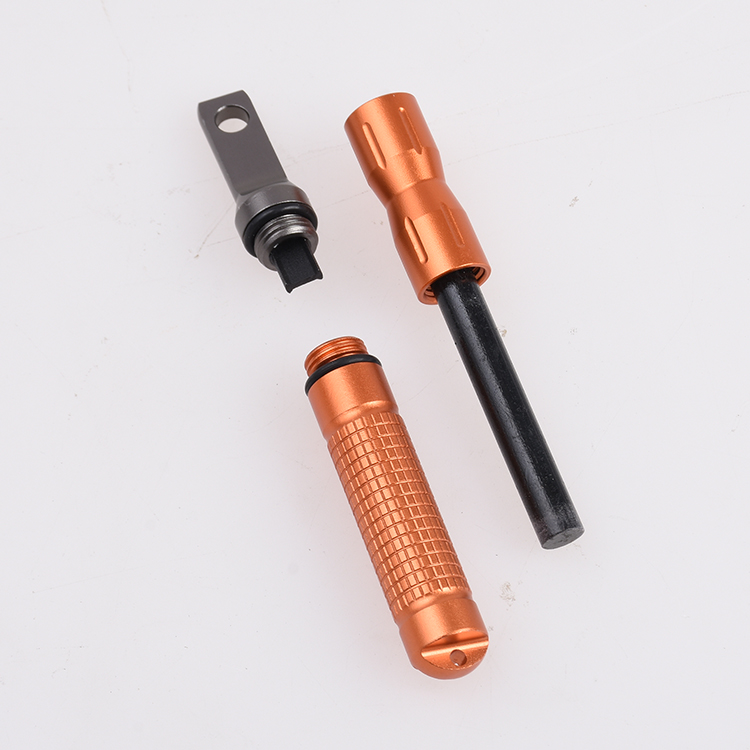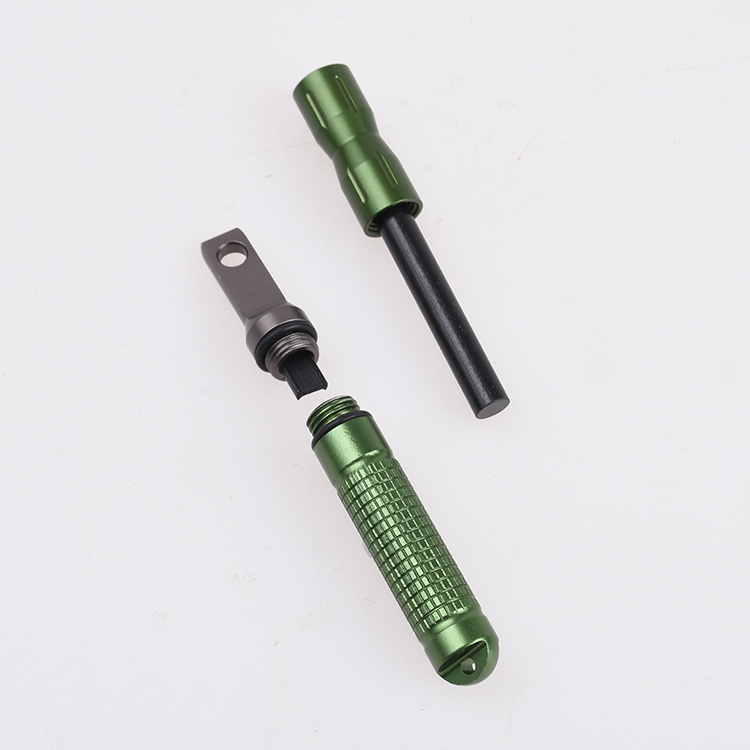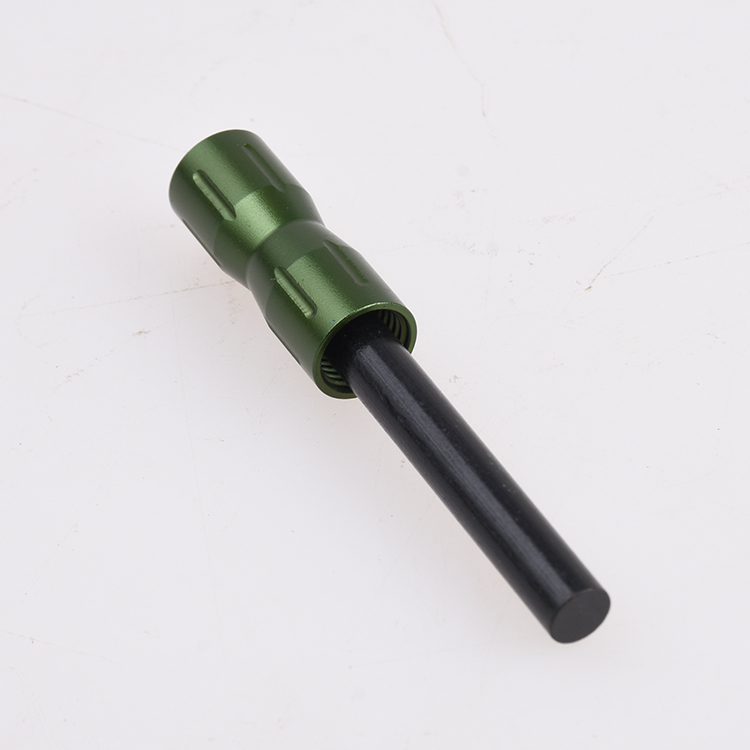Whether you’re out camping or find yourself in an unexpected survival situation, knowing how to efficiently build a fire is an invaluable skill. Mastering a few key fire-starting techniques can make the difference between getting warm and going hungry versus suffering from hypothermia or worse. This guide covers essential modern methods for starting a fire in any conditions.
The Basics of Fire Building
Before diving into specific techniques, it’s important to understand some basic principles that are key to successfully building a fire.
Understanding the Fire Triangle
All fires require three essential elements:
- Heat – an ignition source to initiate combustion
- Fuel – material that can burn
- Oxygen – to sustain the chemical reaction
This is referred to as the fire triangle. Remove any one of these components and a fire cannot ignite or continue burning. Understanding this fundamental concept informs every decision when building and maintaining a fire.
| Component | Role | Examples |
| Heat | Initial ignition source | Match, lighter, sparks |
| Fuel | Material that burns | Tinder, kindling, logs |
| Oxygen | Sustains combustion | Ambient air |
Selecting the Right Location
Choosing an appropriate location is also key for an effective and safe fire. Consider the following factors:
- Wind direction – Face the fire into the wind so smoke and sparks blow away from you. Avoid building near strong gusts which can spread the flames rapidly.
- Proximity to flammables – Clear away any dried leaves, grass, or other materials that could accidentally spread the fire. Maintain a safety zone around the fire site.
- Surface type – Built directly on dirt, sand, gravel, or rock. Avoid burning directly on concrete or asphalt which may explode from heat. Grass and woods can be risky surfaces as well.
When camping in an established site, use existing fire rings or pits when possible. Check for any fire restrictions in the area before building new fires.
Types of Fire Lays
Arranging the fuel in an organized structure, called a fire lay, allows airflow and results in a steady, efficient burn. Common configurations include:
- Teepee – Tinder and kindling stacked in a tall cone for fast lighting. Easy to build around a single match or lighter flame. Burns quickly.
- Log cabin – Crisscrossed layers of progressively larger sticks and logs. Allows for air circulation. Slower burning structure.
- Lean-to – Fuel stacked against a vertical backing log. Creates a hot reflection surface. Useful when wind prevails in one direction.
There are endless variations when structuring a fire lay. Adapt the design to fit conditions and available materials. The key is allowing oxygen flow between pieces of fuel.
Modern Fire-Starting Methods
While traditional friction-based methods like bow drill or hand drills can start fires, modern gear makes ignition much more reliable. Equip your outdoors toolkit with one or more of these options.
Using a Lighter or Matches
The simplest way to start a fire is by igniting tinder with a lighter or match. This method requires having dry, finely divided tinder available first. Natural options like dried grass, bark, resin, cotton, or charcloth work best.
When using lighter/matches:
- Protect ignition source from wind if possible
- Apply flame to tinder bundle’s base until lit brightly
- Add progressively larger dry twigs/sticks as initial flames grow
- Be extremely careful handling any ignition sources around flammables
Windproof lighters and waterproof match cases help overcome wet weather challenges when sources get blown out easily.
Ferrocerium Rods and Strikers
Often called “flint and steel,” these two tools work together to throw a shower of hot sparks onto prepared tinder.
The ferrocerium rod is a composite of iron and mischmetal that produces extremely hot sparks when scraped aggressively with the striker (usually steel). This action shaves tiny particles off the rod which instantly oxidize in air – reaching temperatures of 3000°C.
Advantages of a ferrocerium system:
- Generates extremely hot sparks
- Works even when wet
- Rods last for thousands of strikes
- No fuel source to be depleted
Takes practice to become proficient striking sparks. Prepare tinder in advance just like with matches/lighter methods.
| Ignition Method | Vantaggi | Svantaggi |
| Matches | Simple & easy | Useless if wet |
| Accendino | Convenient | Requires fuel |
| Ferro rod | Durable, 3,000°C sparks | Takes practice |
Fire Starters and Accelerants
Specialized commercial fire starter products can greatly accelerate lighting a flame – even when materials are damp. Options include:
Wax-infused cotton pads
The wax allows the cotton fibbers to catch a spark and smolder, while the cotton itself is an excellent tinder.
Chemical accelerants
Flammable liquid solutions like trioxane tablets burn hot to ignite wood rapidly. Use safely by adding to tinder bundle first before igniting carefully.
Compressed fire starter blocks
Sawdust and wax compressed into firestarter bricks burn long and hot. Shave strips off block to expose tinder flakes.
Vaseline-coated cotton balls
Petroleum jelly-soaked cotton burns fiercely from just a spark. The wax also makes these water resistant.
No accelerants are a magic bullet. Still build up adequate tinder first before applying flame with any of these aids. Never handle fire starter chemicals near open flames or sparks – severe burns can occur.
Fire-Building Techniques for Challenging Conditions
Starting a fire is rarely straightforward in adverse weather or environments. Tailor the approach using these advanced tips for wet, windy, or icy scenarios.
Wet Weather Fire Building
Everything gets more difficult when damp or soaked. Address these added complications:
- Seek out dry tinder whenever possible:
- Split open dead standing trees to access dry inner wood
- Harvest bird/rodent nests and seed pods holding latent tinder
- Shield materials from rain under ponchos, tarps, or natural overhangs
- Use waterproof ignition sources – stormproof matches, wax fire starter cubes, etc.
- Construct a lean-to or reflector wall to block wind and rain
- Position the fire lay on high ground to avoid puddling water and mud
A little creativity and preparation goes a long way to overcome wet conditions. Having fire-starting aids on hand is essential.
Cold Weather Fire Building
Frigid environments make getting a flame lit difficult too. Challenges include:
- Loss of feeling/dexterity in hands from cold exposure
- Frozen wood and dampness from snow
- High winds blowing heat away rapidly
Solutions for arctic fire building include:
- Insulate hands with mittens and chemical warmer packs
- Clear snow and dig down to expose dry soil and use as base
- Construct wind breaks from snow blocks, trees, vehicles
- Use wax-rich fuels like pine branches, solid fuel tablets
Don’t overlook the importance of staying hydrated – melt abundant snow into drinking water. Fires must be carefully managed around improvised shelters in extreme cold.
Fire Safety and Best Practices
Mastering ignition methods is only half the skill – exercising caution and responsibility with fire handling is equally important for outdoor ethics and safety.
Fire Safety Precautions
Follow these rules of thumb when building any open flames:
- Construct fires a safe distance from tents, structures, vehicles and foliage using natural or purpose-built fire rings when possible
- Clear a perimeter down to bare earth around fires to prevent accidental spread
- Establish a fire break using stones, pots of water, dug trenches, or clearing combustibles
- Always have water and/or dirt available to douse flames if needed
- Stack extra fuel to allow re-stoking heat without expanding the burn area further
- Monitor the blaze at all times – don’t leave a fire unattended even if appears extinguished
- Ensure no smoldering embers, coals or unburnt fuel remains before departing site
Leave No Trace Principles
When enjoying nature, strive to minimize long-term impacts so others can enjoy pristine environments after you. Practice these Leave No Trace principles with all campfires:
- Use existing fire rings instead of creating new pit scars whenever possible
- Burn all wood fully to ash and extinguish coals completely
- Once extinguished, scatter cool ashes widely away from recreation areas
- Allow the fire scar to grow back naturally – don’t create an enduring landmark
Taking responsibility to steward both our safety and keeping the wilderness intact for the next adventurers represents the ideal modern outdoor ethic regarding fires.
Tools and Gear for Modern Fire Building
Carrying quality equipment makes the process far easier. Include these essentials:
Essential Fire-Building Tools
- Windproof lighter
- Waterproof stormproof matches
- BlastMatch firestarter (one-hand operation)
- Ferrocerium rod & striker set
- Waxed tinder cubes/ Vaseline cotton balls
- Folding pocket knife / saw for fuel gathering
- Tinder wallet to keep ignition aids dry
Recommended Gear for Fire Safety
- Packable folding fire shovel
- Collapsible water carrier
- Heat-resistant gloves
- Portable fire extinguisher (ABC type)
- Lightweight fire blanket
- Metal bucket for transporting water
Shieldon specializes in pragmatic outdoor gear. Check our custom folding pocket knives engineered for simplicity and dependability even in extreme environments.
Conclusion: Mastering Modern Fire Building
The ability to start and sustain a fire opens up possibilites for warmth, light, cooking food, purifying water, signaling, and protection – perhaps even saving lives in an emergency.
While traditional friction fire methods still offer a powerful self-reliance, modern fire starters dramatically lower barriers to entry for beginners. Easy ignition lets anyone focus instead on fire science concepts and safety practices.
Use the techniques here to kickstart mastery whatever the conditions. But also challenge comfort zones occasionally with more primitive skills – their value is unmatched when technology fails. With practice, both modern gear and ancestral know-how combine to deliver fire on demand.
The real treasure is gaining a deeper connection to nature’s elements that our ancestors intricately understood. Moving forward in the modern world, may the flames always remind us of humanity’s shared drives for security, community, and making order from chaos through taming this most primal energy of all.
Domande frequenti
What are the best natural materials to use as tinder?
Excellent natural tinder includes dried grass, cattail fluff, fine wood shavings, pine resin, wax-rich leaves, seedpod fluff, bird down feathers, charred cloth, and hornet nest scrapings.
How can I start a fire without matches or a lighter?
Use sparks from striking quartz stones together near tinder to throw a spark. Or rapidly spin wood against wood via friction to generate a coal and transfer it to a prepared tinder bundle.
What are the safest ways to extinguish a fire in the wilderness?
Douse with abundant water, smother completely with soil, mix in ashes until cooled. Check for any remaining hot coals buried in ashes.
How do I store and carry fire-starting tools for easy access?
A waterproof container like a quality zippered pouch, sealed tin, or pelican-style micro case will keep critical ignition aids operational. Attach kits to belts or straps for quick access without rummaging packs.
Can I build a fire in any outdoor setting, or are there restrictions?
Always check local area fire regulations. Many public lands prohibit open fires during dry seasons due to extreme fire risk. Tread lightly when building emergency fires if lost of stranded.

